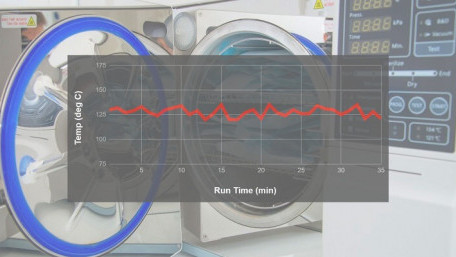
Temperature profiling is an effective tool to monitor thermal properties in process equipment. This article defines temperature profiling, discusses the process…
Temperature profiling is an effective tool to monitor thermal properties in process equipment. This article defines temperature profiling, discusses the process components, and describes the various benefits it offers.

Errors in communications often manifest as a result of electrical noise interrupting the data during the transmission…
Errors in communications often manifest as a result of electrical noise interrupting the data during the transmission process, leading to various methods for determining whether received data has been damaged.

Industrial and robotics cabling requires specialized termination strategies. This article introduces connectors involved…
Industrial and robotics cabling requires specialized termination strategies. This article introduces connectors involved in automation applications for cable-to-cable or cable-to-device termination.
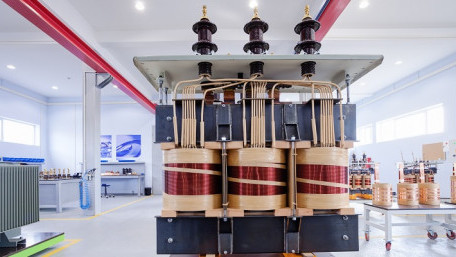
Transformer types can vary from small instruments to large power distribution systems. 3-phase systems require…
Transformer types can vary from small instruments to large power distribution systems. 3-phase systems require transformers that employ the same wye and delta arrangements common to industrial motors.
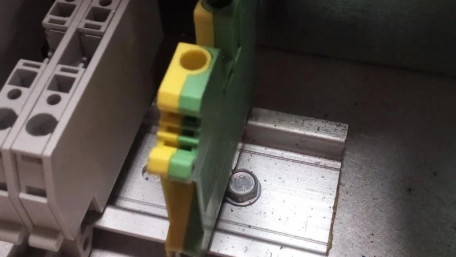
The subject of grounding in electronics is broad and complex, spanning across a variety of functions and objectives. In…
The subject of grounding in electronics is broad and complex, spanning across a variety of functions and objectives. In this article, we will investigate the applications and regulation of grounding in control systems on a fundamental level.
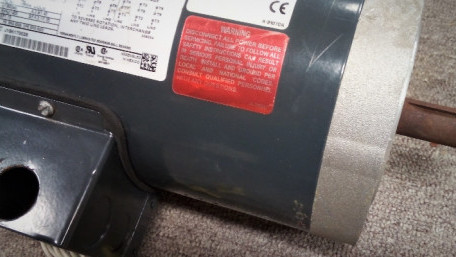
Large motors require a circuit to turn on and off. This may be as simple as a single on/off drum-type switch or as…
Large motors require a circuit to turn on and off. This may be as simple as a single on/off drum-type switch or as elaborate as a VFD unit. Learn about some common control circuit designs for typical three-phase motor requirements.
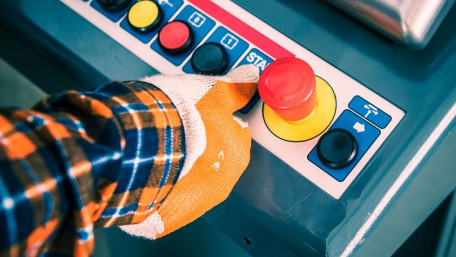
Machine safety design can be a daunting task with all the different safety devices on the market today. Choosing the…
Machine safety design can be a daunting task with all the different safety devices on the market today. Choosing the correct device for your design can be made easier by understanding when to use the proper device.
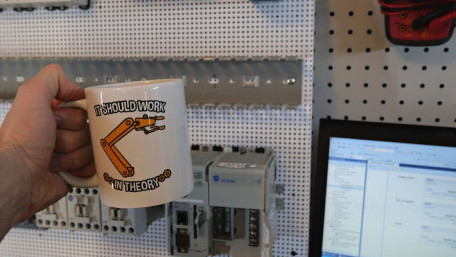
We are taught that parallel circuits maintain equal voltage across all branch resistors, equally sharing the source…
We are taught that parallel circuits maintain equal voltage across all branch resistors, equally sharing the source voltage. But reality is often far from ideal, and individual devices certainly impact the rest of the circuit.
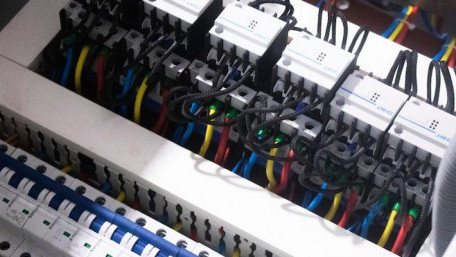
Designing a system with motor motion always includes a consideration of safety. Incorporating safety contactors might be…
Designing a system with motor motion always includes a consideration of safety. Incorporating safety contactors might be the correct prevention to protect equipment and users but may add additional challenges.
Coil, field winding, rotor, stator, eddy current… When it comes to motors, there are numerous terms that describe the…
Coil, field winding, rotor, stator, eddy current… When it comes to motors, there are numerous terms that describe the theory of operation, but what is inside a 3-phase motor? Take a look, and learn how they work.
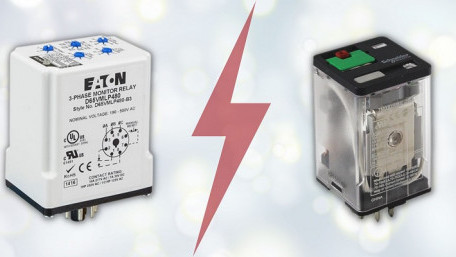
Protection systems are critical in today’s fast-paced industrial revolution for the safety of people and processes.…
Protection systems are critical in today’s fast-paced industrial revolution for the safety of people and processes. This article discusses electronic protective relay types and how they differ from standard relays.
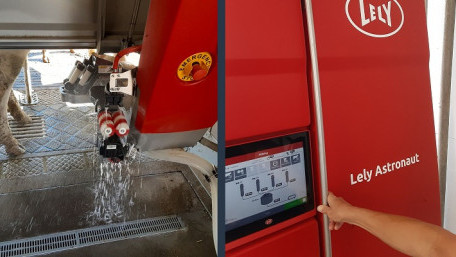
Learn how one small farm in a rural community is upgrading production with advanced technology in several ways to…
Learn how one small farm in a rural community is upgrading production with advanced technology in several ways to overcome staff shortages, product demand, and regulatory compliance.
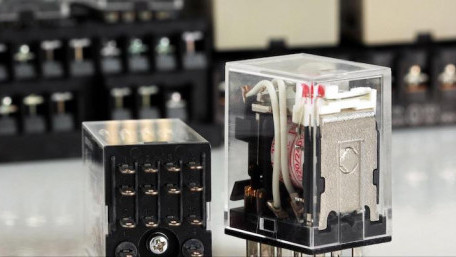
Relay and other coil devices pose a few confusing questions: How can the relay still work if you connect a DC supply in…
Relay and other coil devices pose a few confusing questions: How can the relay still work if you connect a DC supply in reverse? How can an alternating voltage attract and hold the load consistently?
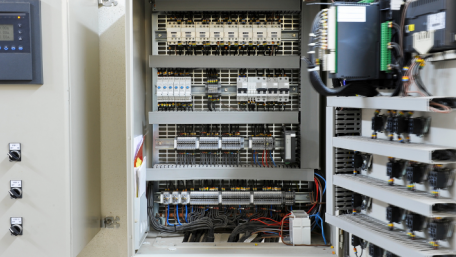
Industrial control panels are at the heart of control systems. Learn about the standards and regulations that dictate…
Industrial control panels are at the heart of control systems. Learn about the standards and regulations that dictate industrial control panel design for safety and efficiency, including NFPA 70, UL 60947-4-1, and NFPA 79.
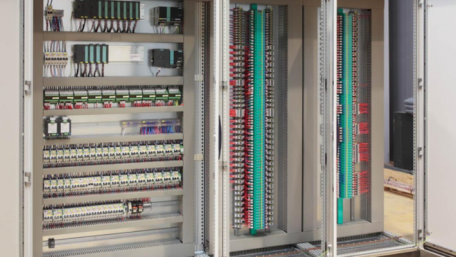
Whether open or closed, industry standard or built for tough environments, or modular or customized, it is important to…
Whether open or closed, industry standard or built for tough environments, or modular or customized, it is important to follow a set of repeatable tasks when designing industrial control panels for efficiency and safety.
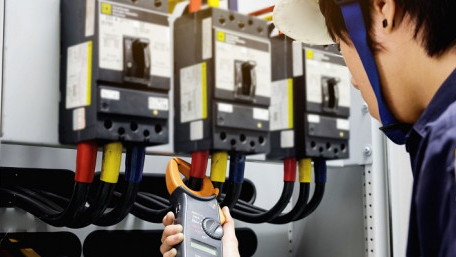
The diverse power terms in electrical generation systems include active, reactive, and apparent power, all of which lead…
The diverse power terms in electrical generation systems include active, reactive, and apparent power, all of which lead to the introduction of ‘power factor’ effectiveness in an AC circuit.
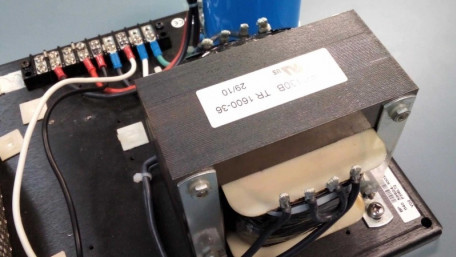
Grounding transformer connections presents its own set of challenges. This article addresses these challenges and several…
Grounding transformer connections presents its own set of challenges. This article addresses these challenges and several common configurations for control transformer grounding.
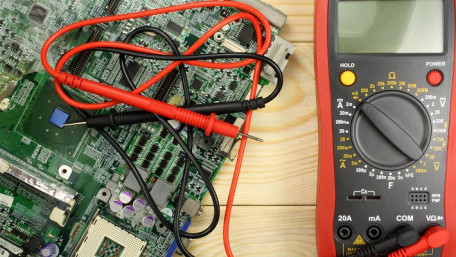
Today’s digital multimeters (DMMs) are inexpensive, accurate, and easy to use, but sometimes a problem with the circuit…
Today’s digital multimeters (DMMs) are inexpensive, accurate, and easy to use, but sometimes a problem with the circuit or the measurement can cause incorrect readings. Learn to interpret and fix these problems.
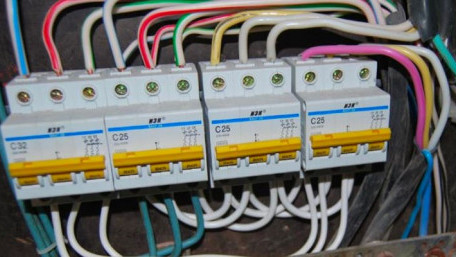
Fuses and breakers are some of the most common safeguards to prevent electrical shock and fires. Learn about these two…
Fuses and breakers are some of the most common safeguards to prevent electrical shock and fires. Learn about these two pieces of industrial equipment and the difference between slow blow and quick blow responses.
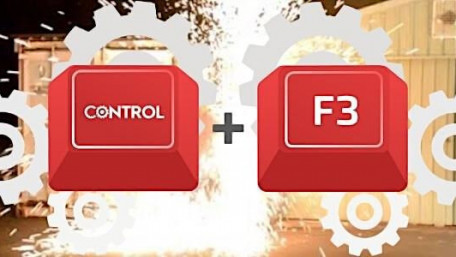
The CTRL F3 series reviews field studies and failures in the field focused on control fails, fixes, and facts. This…
The CTRL F3 series reviews field studies and failures in the field focused on control fails, fixes, and facts. This article covers an explosion at an industrial sawmill.
